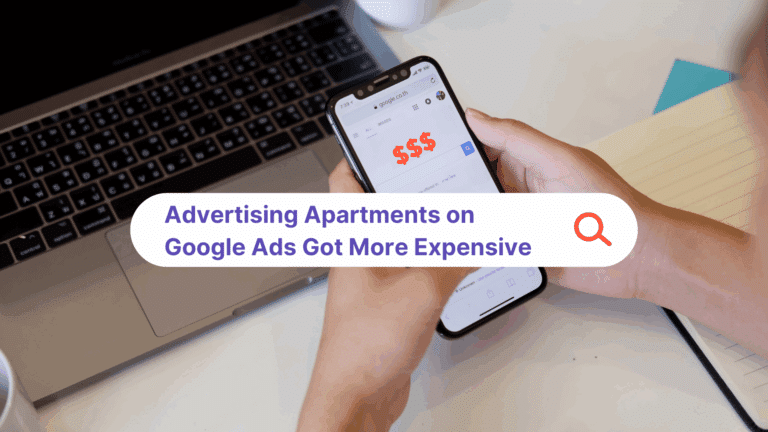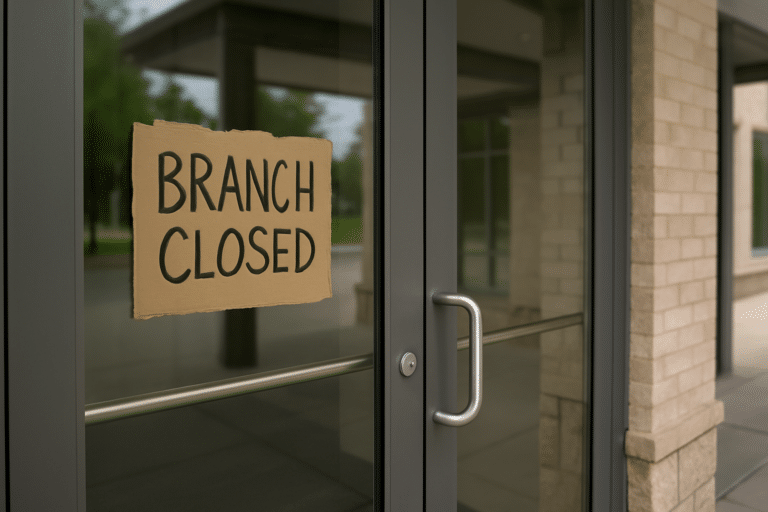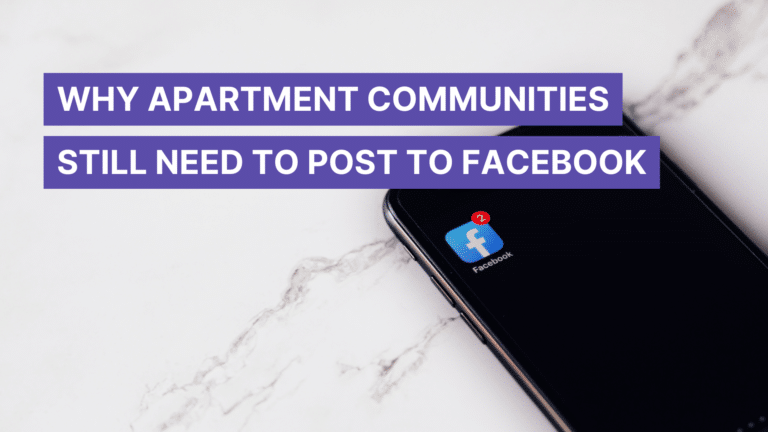It’s no secret that an apartment community that retains its residents year after year will have greater long-term success compared to a community that doesn’t. Resident churn is expensive; it can cost between $1,000 and $5,000 on average to turn an apartment, according to the National Apartment Association.
Retaining the residents you have is not only more cost-effective, but doing so can bring in even more business. Satisfied residents can serve as unofficial spokespersons for your community, and word-of-mouth is one of the most trusted forms of marketing.
Fortunately, retention rates across the country are back up as more Americans opt to remain in their current apartments. Apartment occupancy hit a new high of 97.5 percent in November, according to RealPage.
But that doesn’t mean it’s time to take your foot off the gas when it comes to resident satisfaction. Happy residents drive up profit, so it’s worthwhile to keep in mind the most common reasons why apartment renters leave and how property managers can prevent it from happening. In this post, we’ll take a look at factors that can lead to non-renewals and what to do about them.
Poor customer service.
If you spend a few minutes looking through online apartment reviews, you’ll notice that the worst ones center around bad customer service. When a resident feels their apartment isn’t getting the upkeep it needs, or if the property manager fails the resident in some way, it could mean that they ultimately decide not to renew their lease.
This encompasses the upkeep of common areas, too. For example, if your community is gated, but the gate is perpetually broken, or if your elevators are frequently out of commission, residents might decide to find a community with more attentive service.
How apartment communities can improve their customer service:
The good news is that customer service is completely within your control. Be proactive and check in with your residents frequently. You could even send out a resident satisfaction survey. Minor issues that are ignored could cost you in the end, so ask residents if they have anything that needs addressing. This is a simple and effective way to show you care while also staying on top of things before they get out of hand.
When it comes to common areas, it’s the onsite team’s responsibility to address any issues as soon as possible. Regular walks of the property are a good way to stay updated on what your property’s service needs are.
Rent is too high.
Rent has been rising for the last few years, sometimes it makes financial sense for residents to find someplace cheaper. But there could be some reasons why you would want to find a way to work with the resident to prevent them from leaving. For example, if the current floor plan is difficult to lease, if the community is already experiencing low occupancy, or if the resident is already paying higher than market rent, it would be a good idea to see what you might be able to offer them in order to get them to renew their lease.
How to handle residents leaving for rent reasons:
How you handle this scenario will depend on your community and the financial wiggle room you have. If you can come up with an arrangement that would make the apartment more affordable for the resident, you could be saving more in the long run. Remember that it can cost thousands to replace a resident who moves out.
Keep local market trends in mind, too. Whether or not your property is at full capacity, following local rent trends is a best practice. If neighboring apartment communities are leasing at much less for similar units, that could be a problem.
Residents need more space.
A common reason why some residents might not renew their lease is because they’ve outgrown their current apartment. Maybe they now work from home and realize they would be happier in a bigger space, or maybe their family is growing. Rather than choosing a bigger floor plan in your community, some residents might start looking to see what else is out there.
How to help residents who have outgrown their current apartment:
It’s important to stay ahead of the renewal phase and ensure that your residents are aware of their options. It’s common for an onsite team to send information to residents on renewing the lease on their current apartment, but have you considered letting your residents know about the availability of other floor plans that might fit their needs better? If you reach out to them early, before they begin their search for a new community, you could make it easy for them to stay and upgrade to a bigger unit.
Problem neighbors.
Bad neighbors can take a toll on an apartment resident’s quality of life. They’re very close, and they can be living in any direction, up, down, left or right. Most neighbor complaints center around noise, and while apartment residents should be able to tolerate a reasonable degree of noise, an excessive amount could be intolerable. Still, the “offending” neighbor might not know they’re being disruptive; some noise issues are connected to the construction of the building.
How to handle resident’s noise complaints:
First, it’s a good practice to check in frequently with your residents to find out if they need anything — you don’t want the report of a nuisance neighbor to be a surprise to you when it’s lease renewal time. Having good communication with your residents allows you to address issues sooner, before residents become frustrated and start looking for a new place to live. If your efforts to resolve the issue between the neighbors fails, you can let the residents know of their transfer options to increase the chances of them remaining in your community.
Resident Retention Conclusion
A major key in resident retention is consistent communication. If you email your residents regularly to check in and ask about their apartment, it could open up communication and allow them to bring up any problems that you could help them with. Sometimes residents might not come forward with concerns that could ultimately result in them leaving your community. But if you initiate the conversation, they could be more likely to open up to you. By staying on top of your residents’ issues, you’ll be able to keep your retention up, avoid the costs associated with turnover, and keep your cash flow thriving.






